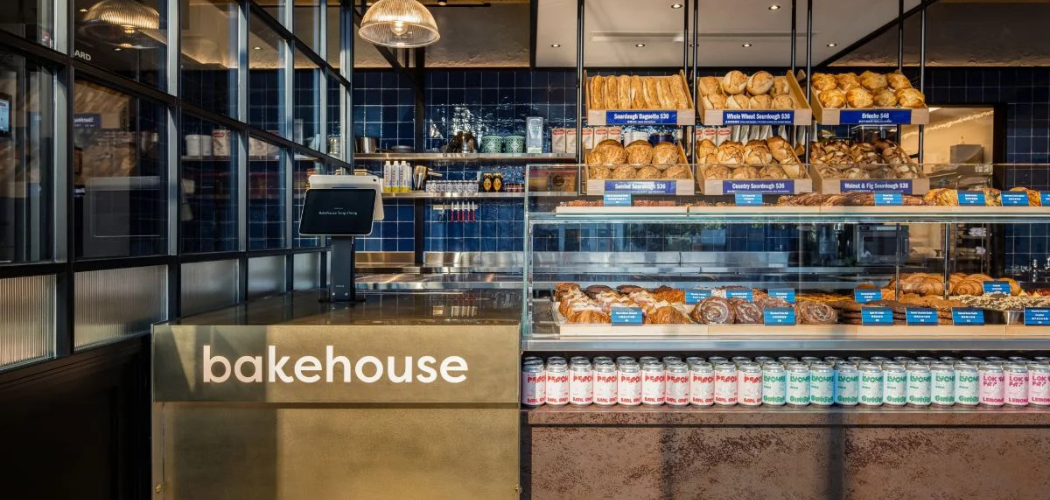A guide to making your value proposition even more attractive to loyalty program members without carrying the full burden of reward cost.
As often referenced in these pages, consumers join loyalty marketing programs for one simple reason – to be rewarded and recognized for their patronage, advocacy and brand support. Basic tenets in human psychology confirm that without the reward and recognition element a member will be unlikely to join a program, resistant to behavior tracking and potentially a threat to churn.
The amount of money any brand puts behind their value proposition – i.e. the funding rate – determines the attractiveness of the value proposition to he membership. The lower the percentage of spend set aside the less attractive the program to the member; the higher the percentage set aside the harder it becomes for the program to achieve break-even, let alone a positive ROI. Most industries fall between the 1-5% of spend for the funding rate, although some categories can go as high as 10%.
Best practices have always correlated with rewards that carried higher perceived value than their true cost. The spread between cost and perceived value may have shrunk over the years, and it is still highly variable depending upon the reward, the procurement process and the fulfillment source, but the spread enables reward acceleration vis-à-vis the required member behavior to earn that reward. Some elect to take the spread, or a portion thereof, as a revenue source, although the best practice would suggest passing it on to the member.
"Most industries fall between the 1-5% of spend for the funding rate, although some categories can go as high as 10%."
But there is another tactic that has worked ever since the loyalty marketing genre came into existence and is woefully overlooked by most program operators. The tactic of employing “other people’s money” to fund a portion of the reward, enrich the offering to the member and generate a whole bunch of excitement along the way.
On paper, this tactic is simple. You offer access to your membership without advertising and promotional fees to a complimentary, but non-competitive brand. In return for that access, the brand gives you a drastically reduced price on their goods and services if and only if the member redeems for their offering. No sale for the partner brand, no cost. Redemption for the program operator, reduced cost without increasing the funding rate. The member wins on all counts and gets to choose from a wider variety of rewards without having to break their bank of points.
In reality, this tactic is difficult for most program operators to execute. In shouldn’t be, but the time and effort required is often more than a program can handle given everything else they have to do or worry about. So, based upon our course work at The Loyalty Academy, and drawing upon 35 years of practical experience designing and operating loyalty marketing programs, we offer the following guide to help you get started:
- You must have a critical mass of members (local, regional, national). If you aren’t large enough to move the needle for the partner, the partner will not be interested.
- You must know the demographic and/or lifestyle profile of your membership.
- The member profile must suggest a very strong affinity with the target audience of your potential partner. The more specific the two-way affinity, the better.
- The partnership deal must be a win for members. If you attempt to make it solely a win for your brand, it will be unsuccessful. If your partner attempts to make it solely a win for their firm, you have the wrong partner.
- Yet, the partnership deal must be a win for your potential partner. If you cannot properly explain it to your partner in terms of “customer acquisition cost” and juxtapose this investment to other marketing options the partner has at their disposal to acquire new business, then you will waste everyone’s time.
- The program must be flawlessly executed. Carefully map out all touch points, technical integration issues, operational details, financial/accounting systems and test them before you go live.
- The program must be communicated to the membership. Put the brand egos aside and communicate with both brands at the center of the value proposition.
- Have clear, concise, pre-determined metrics in place before you launch. Measure, learn, and recalibrate, if necessary, as you go forward.
If you can follow these 8 simple steps you can turn what appears to be complex into a simple business discussion between you and your potential partner. Your membership will love the added benefits and your program redemption costs will remain in check.
Mike Capizzi is the Dean of The Loyalty Academy and a Certified Loyalty Marketing Professional™ (CLMP).




